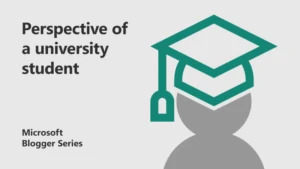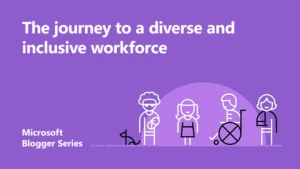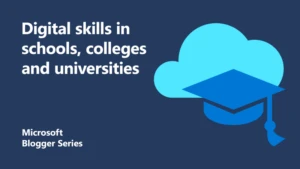
Driving better university outcomes with technology
Modern universities are experiencing a period of unprecedented change and uncertainty with shifting markets and changing regulations. With that comes the opportunity to focus on what it means to be successful in this sector and what really matters to our stakeholders.
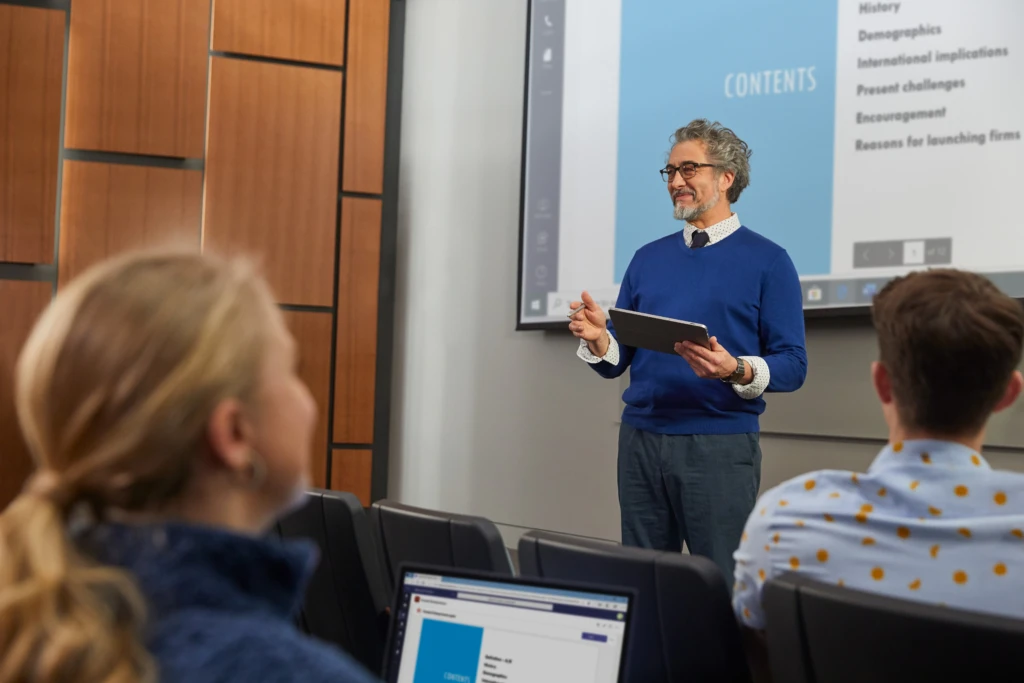 At the University of Sunderland where I am Deputy Technical Director and Head of IT, our ambitions are based around three main themes, which are:
At the University of Sunderland where I am Deputy Technical Director and Head of IT, our ambitions are based around three main themes, which are:
- Being student focussed, by providing transformative experiences to our learners.
- Being professions facing, by developing highly skilled graduates who are ready for work and are career focussed.
- Being society shaping, by leading research, innovation and practice.
Underpinning this there are a raft of issues and opportunities. This could be improving the overall student experience, aiding access and participation, growing new and emerging markets both domestically and internationally, and attainment and progression.
Finding the right tools for the job
Those of us who work in IT are often tasked with providing the technology-based solutions to help support and fuel these ambitions. I often ask myself these two fundamental questions:
- How do we play a central role in the delivery of these ambitions in a world of technological possibilities whilst maintaining financial stability with predictability in cost base and the ability to flex?
- Do the services we provide meet the ever-changing needs of the business?
We took an assessment of the environment and the hundreds of applications used by university staff and students. One of the major challenges we faced was around the silos of adopted innovations with specific functionality and limited viability used. We needed something better, more integrated, more functional and something that offered more opportunity.
For many years, a platform-based approach has been the nirvana, and now they exist, Microsoft is leading the way in terms of the technology and affordability.
An all-in-one platform
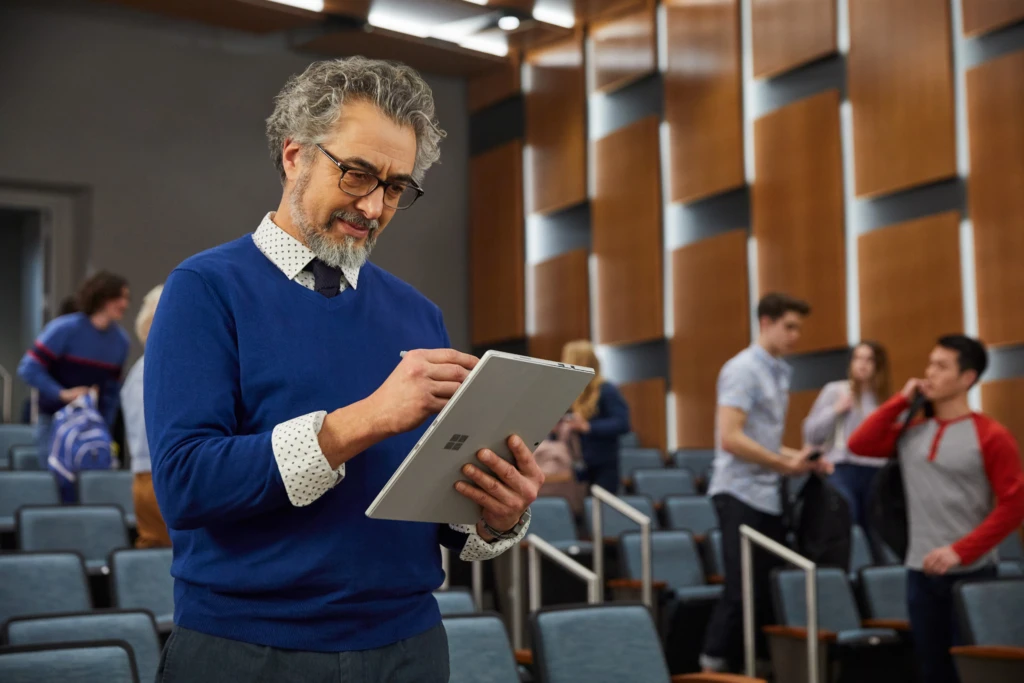 In my own institution we have chosen, after many years of assessment and planning, to adopt a data centre zero strategy. We removed the large on-campus data centres and pushed production workloads into a newly designed Azure environment.
In my own institution we have chosen, after many years of assessment and planning, to adopt a data centre zero strategy. We removed the large on-campus data centres and pushed production workloads into a newly designed Azure environment.
This allows those employees who would have been traditionally maintaining equipment and supporting services to reskill, reinvent, and hone their talents to design and develop new services to support the improvements in academy. They’ve streamlined and simplified administration which has ultimately led to an improved student experience and therefore student success.
We chose to consolidate on a platform that provides a common toolset for managing our infrastructure and our data. This provides the ability to refine systems of record, improve management information, and business intelligence. This opens up the opportunities in terms of big data, analytics, and AI.
The use of Microsoft PowerBI as a tool shows insights for the University community by communalising information. This gives a clear and consistent picture of the performance of the organisation. It also highlights the engagement of students, and allows data-based reflection on the services we provide.
We also enjoy the ability to build environments in a consistent online platform using PowerApps. It delivers on any device and removes the burden of the past by promoting and supporting innovation.
Built with accessibility
 Accessibility is at the fore of our approach with a sector average of around 15 percent of students recording some form of disability in 2017. Microsoft’s approach to accessibility makes a significant difference to how we can deliver services for all. It also helps us support staff and students to get the very best from the experiences we can provide.
Accessibility is at the fore of our approach with a sector average of around 15 percent of students recording some form of disability in 2017. Microsoft’s approach to accessibility makes a significant difference to how we can deliver services for all. It also helps us support staff and students to get the very best from the experiences we can provide.
The ongoing adoption of Microsoft Office 365 for staff and students opens up opportunity for collaboration. Because users can access Office 365 anywhere on any device, they can work in the way they see fit. Office 365 is accessible-by-design and fitted with a range of tools to help people with limited vision, hearing, speech, mobility, and learning abilities to create, communicate, and collaborate on content.
With this comes the need to address the capabilities of both staff and students. We are working with JISC and their Digital Capabilities Framework to help build vital skills. We also have adopted LinkedIn Learning. Using these tools in combination allow us to assess digital capabilities, identify opportunities for development, and then provide a direct link to the learning materials and communities which support those developments.
Building collaboration, productivity, and business value
Rolling out a platform-based approach with all the assessments, planning, collaboration, and pure effort to make it work is not to be underestimated. All parts of the business and the community play an important role in bringing this together. This includes staff, students, and the Microsoft teams who help support the sector with advice and guidance.
The ability for the institution and its staff and students to seamlessly engage together, along with developing research, innovation, and contributing to practice is powerful. It shows how the right technology choices can help deliver to the ambitions of the university.
Find out more
About the author
 David Conway is Deputy Technical Director and Head of IT at University of Sunderland in the north east of England. He is leading a programme of business change enabled by new and innovative digital solutions.
David Conway is Deputy Technical Director and Head of IT at University of Sunderland in the north east of England. He is leading a programme of business change enabled by new and innovative digital solutions.

